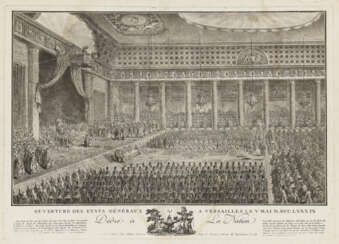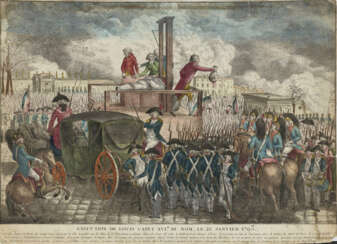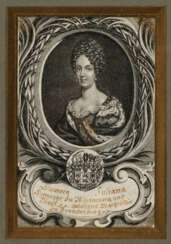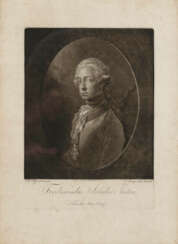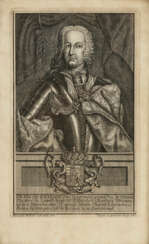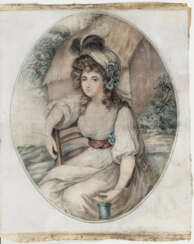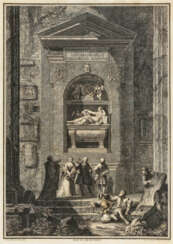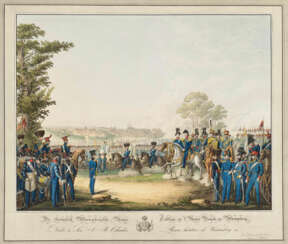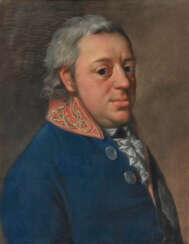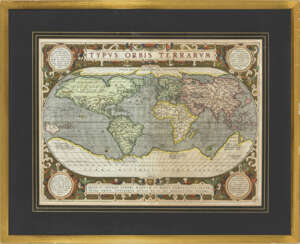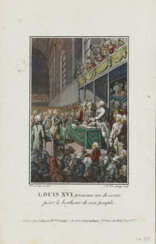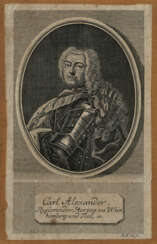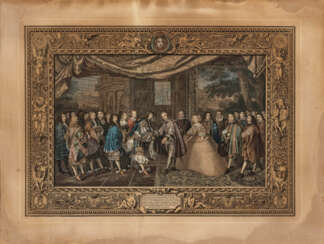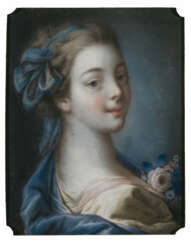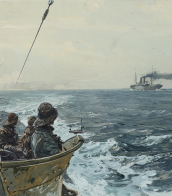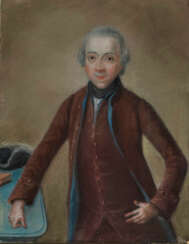graphiques des 15ème-18ème siècles
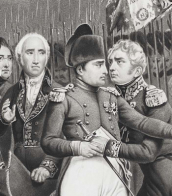


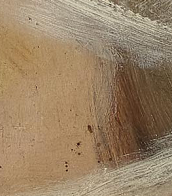
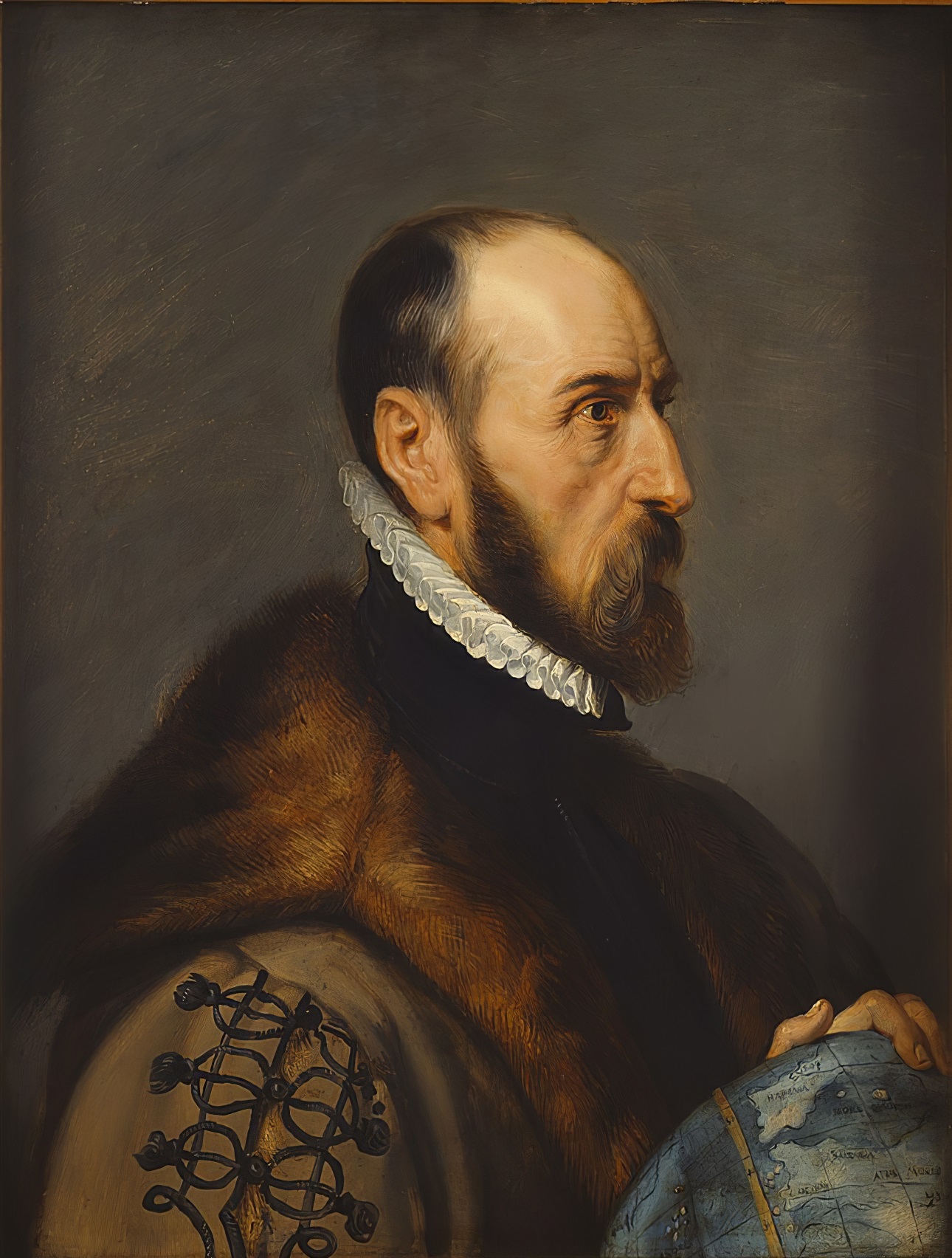
Abraham Ortelius (Ortels) was a Brabantian cartographer, geographer, and cosmographer. He is recognized as the creator of the first modern atlas, the Theatrum Orbis Terrarum (Theatre of the World). Along with Gemma Frisius and Gerardus Mercator, Ortelius is generally considered one of the founders of the Netherlandish school of cartography and geography. He was a notable figure of this school in its golden age (approximately 1570s–1670s) and an important geographer of Spain during the age of discovery. The publication of his atlas in 1570 is often considered as the official beginning of the Golden Age of Netherlandish cartography. He was the first person proposing that the continents were joined before drifting to their present positions. Beginning as a map-engraver, in 1547 he entered the Antwerp Guild of Saint Luke as an illuminator of maps. In 1560 when travelling with Mercator to Trier, Lorraine, and Poitiers, he seems to have been attracted, largely by Mercator's influence, towards the career of a scientific geographer. In 1564 he published his first map, Typus Orbis Terrarum, an eight-leaved wall map of the world. On 20 May 1570, Gilles Coppens de Diest at Antwerp issued Ortelius's Theatrum Orbis Terrarum, the "first modern atlas" (of 53 maps).
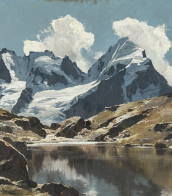

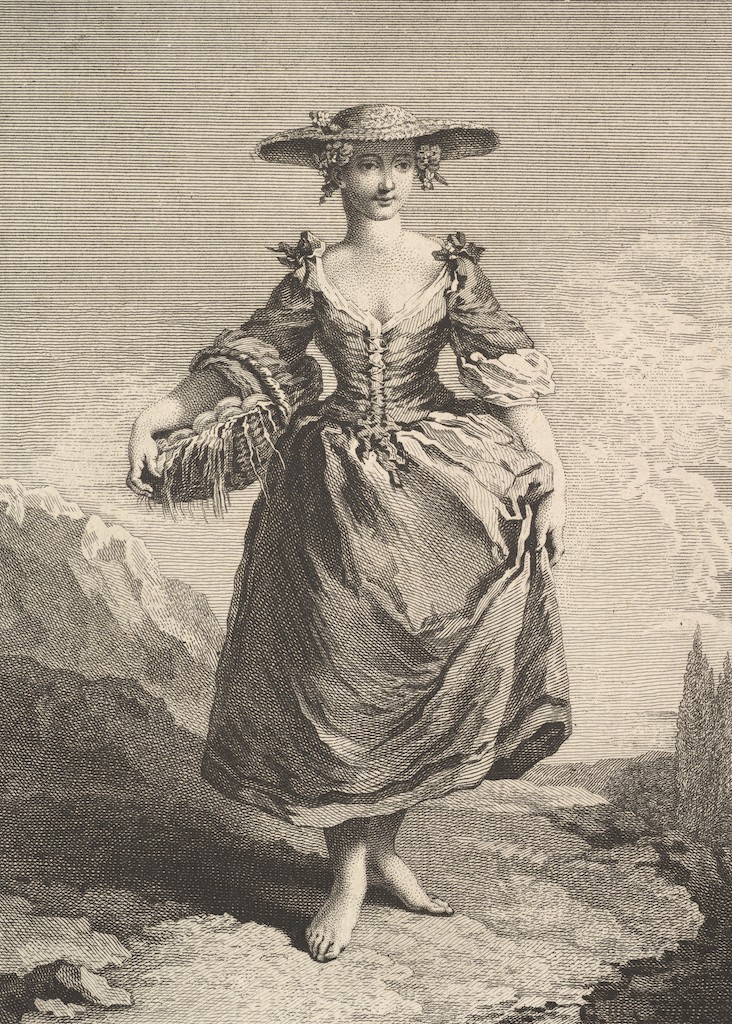
Edme Jeaurat was a French engraver from Vermenton, near Auxerre. Jeaurat was the son of an engraver and the elder brother of painter Etienne Jeaurat.


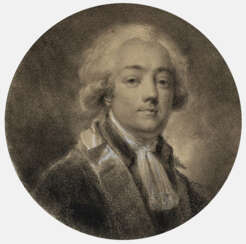



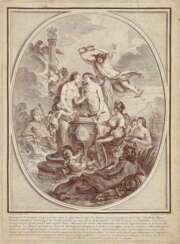

![Jean-Michel Moreau - ''Ouverture des États-Généraux à Versailles, le 5 Mai 1789 [...]'' - ''Constitution de l'Assemblée Nationale [...] à Versailles le 17. Juin 1789''](/assets/image/picture_1849413/228f9/czcoegjcm9diwze90pwhg13o830brg5urjcrhujxbsbhcc-ddbuht7lwyrsfoboj1637015008jpg__fix_374_244.jpeg)
![Jean-Michel Moreau - ''Ouverture des États-Généraux à Versailles, le 5 Mai 1789 [...]'' - ''Constitution de l'Assemblée Nationale [...] à Versailles le 17. Juin 1789''](https://veryimportantlot.com/assets/image/picture_1849413/228f9/czcoegjcm9diwze90pwhg13o830brg5urjcrhujxbsbhcc-ddbuht7lwyrsfoboj1637015008jpg__fix_374_244.jpeg)
